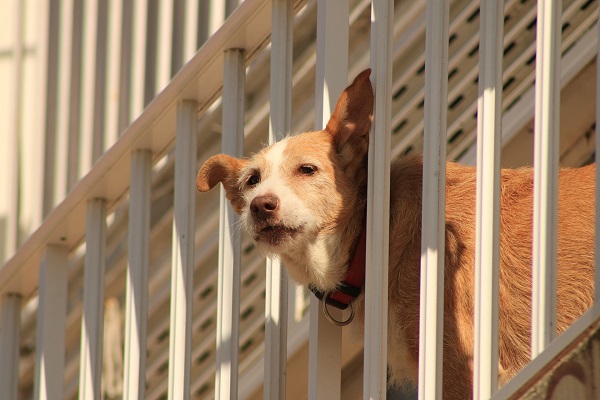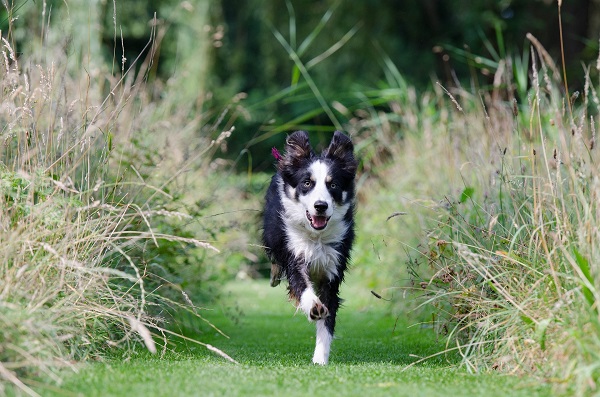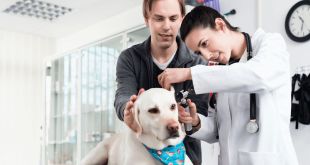As a dog owner, the safety and well-being of your furry friend are always a top priority. While dogs are naturally curious and energetic, it’s important to be aware of potential dangers in your home. In this ultimate guide to dog safety at home, we’ll explore the various steps you can take to ensure your pup is protected from harm.
1. Proof your home:
The first step in ensuring your dog’s safety at home is to proof your house and the territory around against potential hazards. This means looking for and removing anything that could harm your dogs, such as loose wires, toxic plants, and sharp edges. Some common dangers include electrical cords, poisonous houseplants, cleaning chemicals, and sharp objects like scissors or knives. By removing these potential hazards, you can greatly reduce the risk of injury to your dog.
2. Keep chemicals and medicines out of reach:
Chemicals and medicines can be extremely dangerous to dogs if ingested, so it’s important to keep these items out of reach. Store all chemicals and medicines in a cabinet or drawer that your pup cannot access, and make sure that any cleaning products and other toxic substances are properly labeled and stored away from your dog’s reach. Additionally, keep in mind that some human medications, such as pain relievers and antidepressants, can also be harmful to dogs, so it’s important to be mindful of what you leave out on countertops or coffee tables.
3. Secure windows and balconies:
Open windows and balconies can be a major hazard to dogs, especially if they are prone to jumping or climbing. If you have an open window or balcony, make sure that your dog cannot jump or fall out by installing secure screens or barriers. Additionally, consider installing window stops or latches to prevent windows from being opened too far.

4. Keep food and trash out of reach:
Dogs have a keen sense of smell and will often go to great lengths to get their paws on anything that smells good, especially food. To prevent this, make sure that your trashcans are securely lidded and that all food is stored away from your pup’s reach. Additionally, be mindful of small items that could pose a choking hazard, such as bones, fruit pits, and small toys.
5. Be careful with hot surfaces:
Hot surfaces, such as stoves and ovens, can cause serious burns to your dog. Make sure that your pup cannot access these areas, and be careful when cooking or using hot appliances. Additionally, be mindful of hot liquids like coffee or tea, and never leave them unattended on low surfaces where your pet could accidentally encounter them.
6. Use baby gates:
Baby gates can be a great way to keep your dog in a safe area of your home, especially if you have a multi-level house or an area with stairs. Make sure that the gates you use are secure and appropriate for your dog’s size and breed, and never use ones that could collapse or tip over if your dog tries to jump over them. You may also consider applying cameras for dogs, such as the Petcube pet camera to watch and ensure that your pup is safe when you aren’t at home.
7. Exercise caution with stairs:
Stairs can be a hazard to dogs, especially if they are prone to slipping or if they have joint problems. To prevent accidents, make sure that your dog can safely navigate the stairs in your home, and consider adding non-slip treads or carpet runners for added traction. Additionally, be mindful of the edges of stairs, as pups can easily trip and fall if they’re not paying close attention.

8. Keep your dog up-to-date on vaccinations:
Keeping your dog up-to-date on their vaccinations is an important part of maintaining their overall health and well-being, and it’s also a useful step in keeping them safe at home. Some common diseases that pups can be vaccinated against include rabies, distemper, and parvovirus. Make sure that you follow your veterinarian’s recommendations for vaccinations, and keep your dog’s records up-to-date.
9. Use pet-friendly cleaning products:
Cleaning your home regularly is important, but it’s also necessary to use pet-friendly cleaning products that won’t harm your dog. Avoid using harsh chemicals that can irritate your pup’s skin or eyes, and opt for things that are specifically designed for use around pets.
10. Consider pet-proof flooring:
If you’re renovating your home or installing new flooring, consider using pet-friendly options that won’t scratch or damage easily. Some popular pet-friendly flooring options include tile, linoleum, and cork. Additionally, be mindful of rugs and mats, as they can be tripping hazards for dogs, especially if they slip or slide around.
11. Keep your dog well exercised:
Regular exercise is important for your dog’s overall health and well-being, and it’s also a part of keeping them safe at home. Make sure that your pet gets plenty of physical activity, and consider enrolling them in a training or obedience class to help them burn off excess energy.
12. Provide plenty of toys and chews:
Providing your dog with plenty of toys and chews is a necessary part of keeping them occupied and entertained, which can help reduce the risk of destructive behavior and accidents. Some popular dog toys include chew toys, puzzles, and balls, and be sure to supervise your pup when they are playing to prevent choking or swallowing of small parts.
13. Use pet-safe furniture and bedding:
When selecting furniture and bedding for your home, consider using options that are pet-safe and won’t harm your dog. Avoid using items with sharp edges or corners, and opt for soft, supportive bedding that won’t cause your dog to overheat. Additionally, be mindful of loose fabric or threads that could become tangled in your pet’s fur or cause choking.
All In All
Keeping your dog safe at home requires a combination of awareness, preparation, and common sense. By following these tips and being mindful of potential hazards, you can ensure that your furry friend is protected from harm and that your home remains a safe and welcoming place for your pets.
Remember to always consult with your veterinarian if you have concerns about your dog’s health and well-being, and to keep up-to-date with regular check-ups and vaccinations.
With a little effort and attention to detail, you can create a safe and happy home for your dog, and enjoy many happy years together.
 DogExpress
DogExpress


















 in Chandigarh, India.
in Chandigarh, India. 

